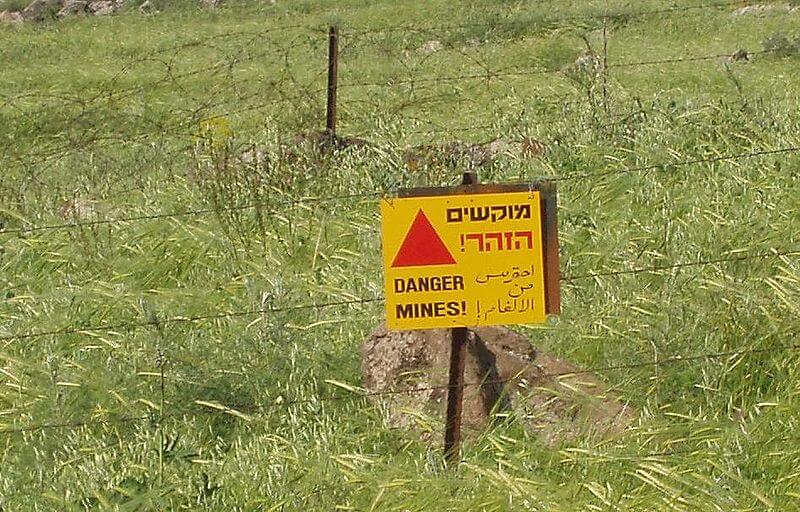Minefields are currently a humanitarian disaster around the world, and now researchers from Scotland have developed a new device that can detect explosives more reliably, and will help miners identify and neutralize dangerous miners

Minefields are currently a humanitarian disaster around the world, and now researchers from Scotland have developed a new device that will be able to locate explosives more reliably, and will help miners identify and neutralize dangerous miners.
The prototype of the sensor is characterized by a thin layer of polymer to which many electrons "jump" to higher energy levels when exposed to light. After a certain time these excited electrons will return to their original place while emitting radiation. However, when the polymer in its "excited" state is exposed to electron-poor molecules common in many explosives, they take some of these electrons and thus suppress the emission of light.
Other devices use the change in the intensity of the polymer's fluorescence emission to detect vapors of explosives, but the new device, which was published in the scientific journal AIP Advances, is the first to use a silicon-based microsystem to measure the change in the residence time of the electrons. In the higher energy state, the "stimulator". This measurement is less affected by environmental and external factors, such as stray light, a feature that will make the device more reliable.
The device is also an example of a case where the complementary properties of an organic semiconductor (the polymer) and an inorganic semiconductor (the mold) can be combined to develop an integrated system.
